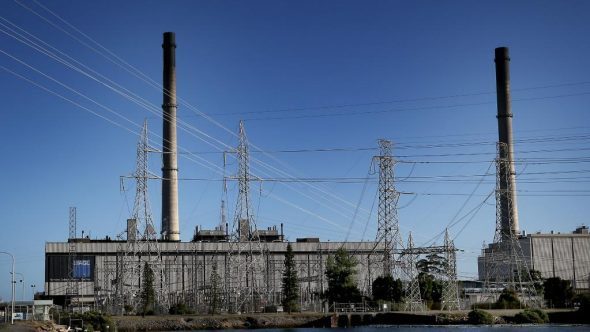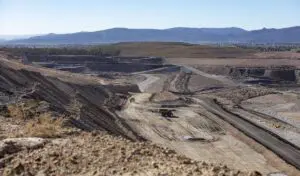An Australian Energy Market Operator report has cast serious doubt over the role of gas power generation in Australia’s future energy mix, warning that the falling cost of renewable energy and battery storage could turn any new gas plants into costly stranded assets as early as 2030.
AEMO’s third annual National Gas Forecasting Report (NGFR), released on Thursday, highlights some of the uncertainties and challenges shaping gas demand forecasts for Australia over the next 20 years.

And by AEMO’s account, the future of gas-powered electricity generation in Australia is “the greatest variable” in the fortunes of the domestic gas industry, as well a the greatest investment risk.
The advice from the market operator sits in stark contrast to the message from many governments and fossil fuel lobbyists, who argue that gas will be a key player in Australia’s future grid, in “balancing out renewables” and supplying industry.
(It also makes Greg Hunt’s gas supply crisis meeting with industry on Monday look a little overblown.)
Even the South Australian government, which has been such a strong supporter of renewable energy development in the state, has lately put its money on gas, opening its “low carbon” energy tender to peaking gas plants.
But, as AEMO notes, this may not be a great idea. According to the current cost trajectories, the report says, wind generation plus storage looks set to become economic in the 2030s, and small-scale energy storage around 2020.
“These assumptions, along with assumptions for the cost of solar generation, have big implications for the economics of new fossil-fuel generation, and for the viability of existing thermal plant.
“If the strong momentum to renewables continues, including beyond the 20-year horizon of this NGFR, newly-constructed gas generators could have short commercial lifespans if alternatives are developed.”
Of course, there are other influences on the investment risk for gas infrastructure, including the future behaviour of the industrial sector, and the rate of coal plant retirements.
“Unexpected or disorderly coal plant retirements could require GPG investment using higher-cost gas to fill a gap in generation supply,” the report says.
But even in this case, the economics of gas are in doubt. AEMO says it has found that, in some circumstances, it might actually be cheaper, and less risky, to defer coal-plant retirement than to build new gas generators.
“Uncertainty-based economic analysis has examined the potential for deferment of coal plant retirement, in a future pathway where … the potential cost of extending the operation of a coal plant, beyond technical end of life, could be less than the costs of building new replacement gas plants and corresponding production and transmission infrastructure,” the report notes.
This, added to the “momentum to renewables, with declining costs of renewable energy and potential energy storage, heightens stranding risk of investments in (gas power generation,” it says.








